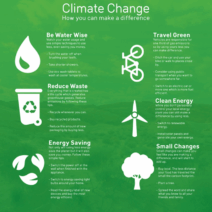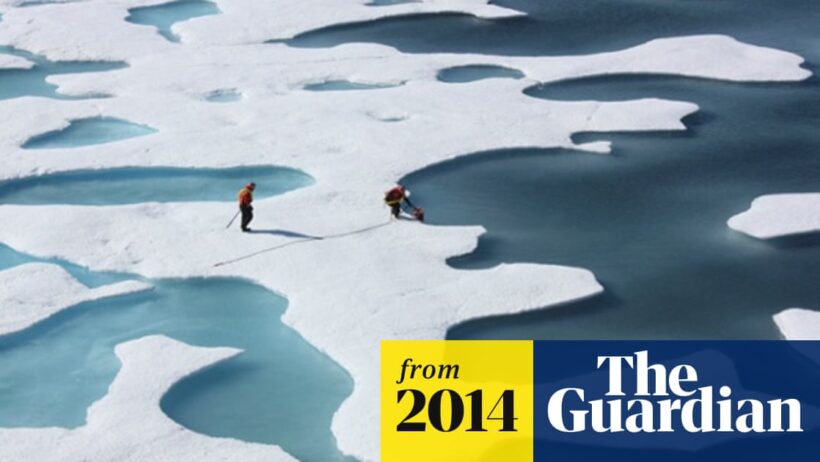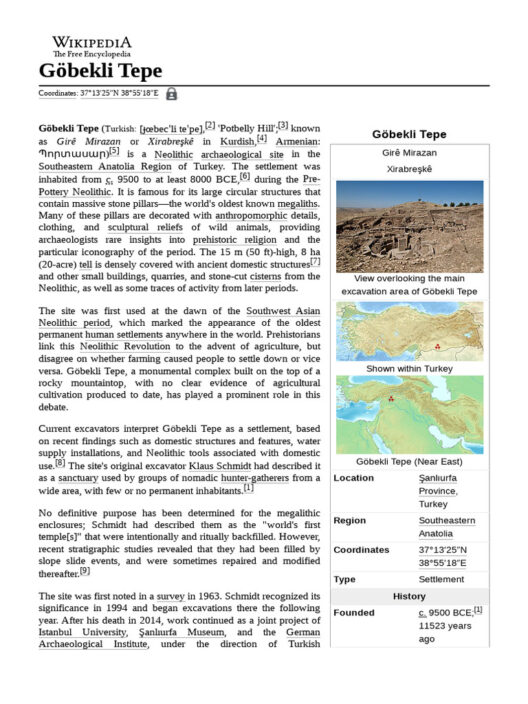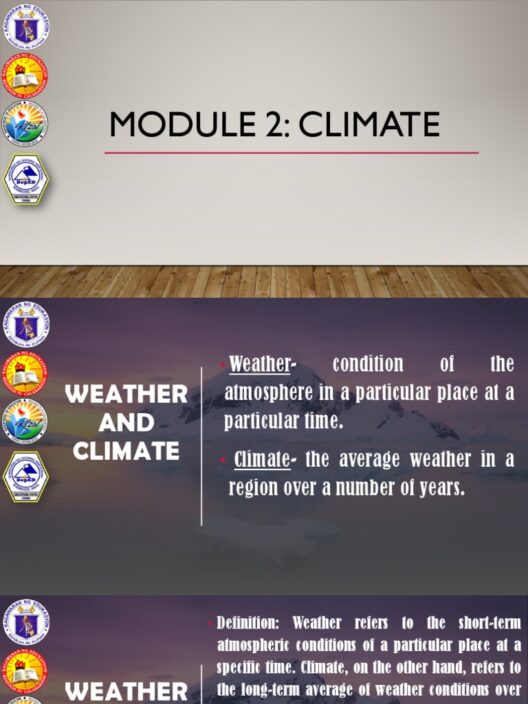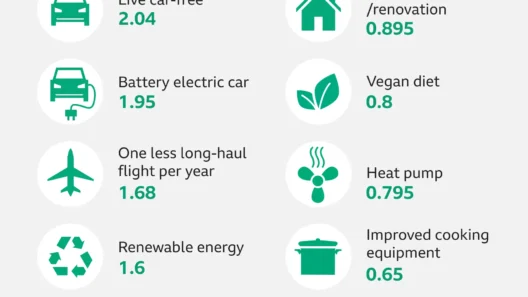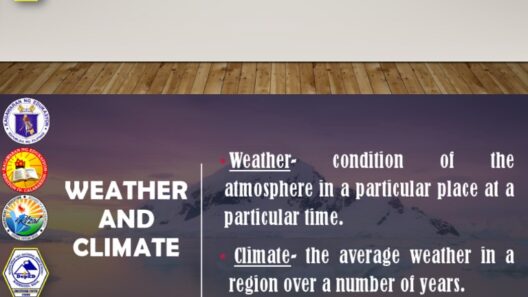The looming specter of climate change raises profound questions regarding the future of our planet. As atmospheric temperatures continue their relentless climb, the debate surrounding the irreversible impacts of climate change grows ever more urgent. The question on everyone’s lips is, “How long until climate change is irreversible?” The answer involves a complex interplay of timelines, scientific predictions, and fundamentally, our choices as a global community.
Understanding the Thresholds of Change
To grasp the urgency surrounding climate change, one must first understand the thresholds beyond which changes may become permanent. The Intergovernmental Panel on Climate Change (IPCC) has delineated various critical points — or tipping points — that could signal irreversible damage to the Earth’s systems. This concerns not just environmental ramifications, but also social and economic fallout.
Among these thresholds, the most discussed is the 1.5 degrees Celsius increase in global average temperatures above pre-industrial levels. Exceeding this limit could unleash a cascade of catastrophic events, from the melting of polar ice sheets to the eventual collapse of ecosystems. Each increment in temperature amplification correlates with an exponential rise in adverse effects. For instance, a mere 2-degree rise could lead to a substantial die-off in coral reefs, which are vital for marine biodiversity and coastal protection.
The timeline to reach these critical thresholds largely hinges on anthropogenic activities, predominantly the emission of greenhouse gases. The IPCC emphasizes the need to reach net-zero emissions by 2050 to avert catastrophic outcomes. However, the window of opportunity narrows daily, demanding an immediate and concerted global response. Without drastic and swift intervention, we may find ourselves approaching these irreversible thresholds much sooner than anticipated.
The Immediate Threat: Feedback Loops
It is essential to highlight the dichotomy between immediate and long-term impacts of climate change. The concept of feedback loops plays a crucial role in understanding how quickly and devastatingly climate change can accelerate. Feedback loops occur when an initial change in the environment causes secondary effects that further exacerbate the situation. A poignant example is the thawing of permafrost, which releases methane, a potent greenhouse gas. This release further accelerates global warming, creating a vicious cycle.
Beyond the melting permafrost, deforestation for agriculture diminishes the Earth’s ability to sequester carbon dioxide, while the warming oceans absorb less CO2 than before, exacerbating the greenhouse effect. These feedback loops illustrate an alarming truth: once certain environmental thresholds are breached, reversing course becomes increasingly implausible. The encroaching consequences extend far beyond ecosystems; they threaten human health, food security, and water availability, all of which hinge on stable climate conditions.
Possible Scenarios: The Road Ahead
In contemplating the road ahead, various scenarios can emerge based on our collective choices today. Should we pursue radical systemic changes in our energy infrastructures—transitioning from fossil fuels to renewable energy sources like wind, solar, and hydro—we could mitigate widespread catastrophe. However, this requires not only technological innovation but also socio-economic shifts that embrace sustainability at their core.
Conversely, if current trends persist—marked by inadequate political will and insufficient commitments to reduce carbon emissions—we may approach those critical thresholds sooner than anticipated. Researchers suggest that if global warming reaches 2 degrees Celsius, we could face irreversible outcomes within this century, such as the extinction of significant fish stocks and irreplaceable biodiversity.
Furthermore, regional effects can vary dramatically. Coastal communities are already contending with sea-level rise and increased storm intensity, necessitating immediate actions to adapt or relocate. Agricultural regions must grapple with shifting climate zones, affecting crop viability and, consequently, food systems. The ramifications go beyond borders, creating global challenges such as mass migration and humanitarian crises.
The Power of Collective Action
As the timelines for irreversible climate change loom closer, the power of collective action emerges as a beacon of hope. Grassroots movements worldwide have demonstrated that individuals can effect significant change. From climate strikes to local sustainable initiatives, these actions reflect an awakening desire for environmental stewardship.
Moreover, the role of policy cannot be overstated. Enacting comprehensive environmental regulations, incentivizing sustainable practices, and investing in green technology is imperative. Equally important is the engagement of corporations in adopting sustainable business models. As consumers increasingly demand eco-friendly options, businesses must adapt or risk obsolescence.
Regardless of the path we choose, a paradigm shift in thinking is essential. Viewing climate change not merely as an environmental issue but as a socio-economic and moral imperative will galvanize action across sectors of society. Educating ourselves and others about the dynamic interplay of Earth’s systems is crucial in fostering a culture committed to preserving our planet.
A Call to Action: Time is of the Essence
The question of how long until climate change becomes irreversible cannot be answered with precision. However, the urgency is clear. The longer we delay action, the narrower the window for effective change becomes. It requires a commitment from individuals, communities, governments, and corporations alike, standing resolutely united against the looming threats of climate change.
While pessimism abounds regarding the resilience of our planet, it is vital to remember that hope persists. Collective resolve, innovative spirit, and a dedication to nurturing the Earth can alter the trajectory of climate change. With time running out, the question evolves from “How long until it’s irreversible?” to “What will we do now to ensure a sustainable future?” The answers lie in our hands.

